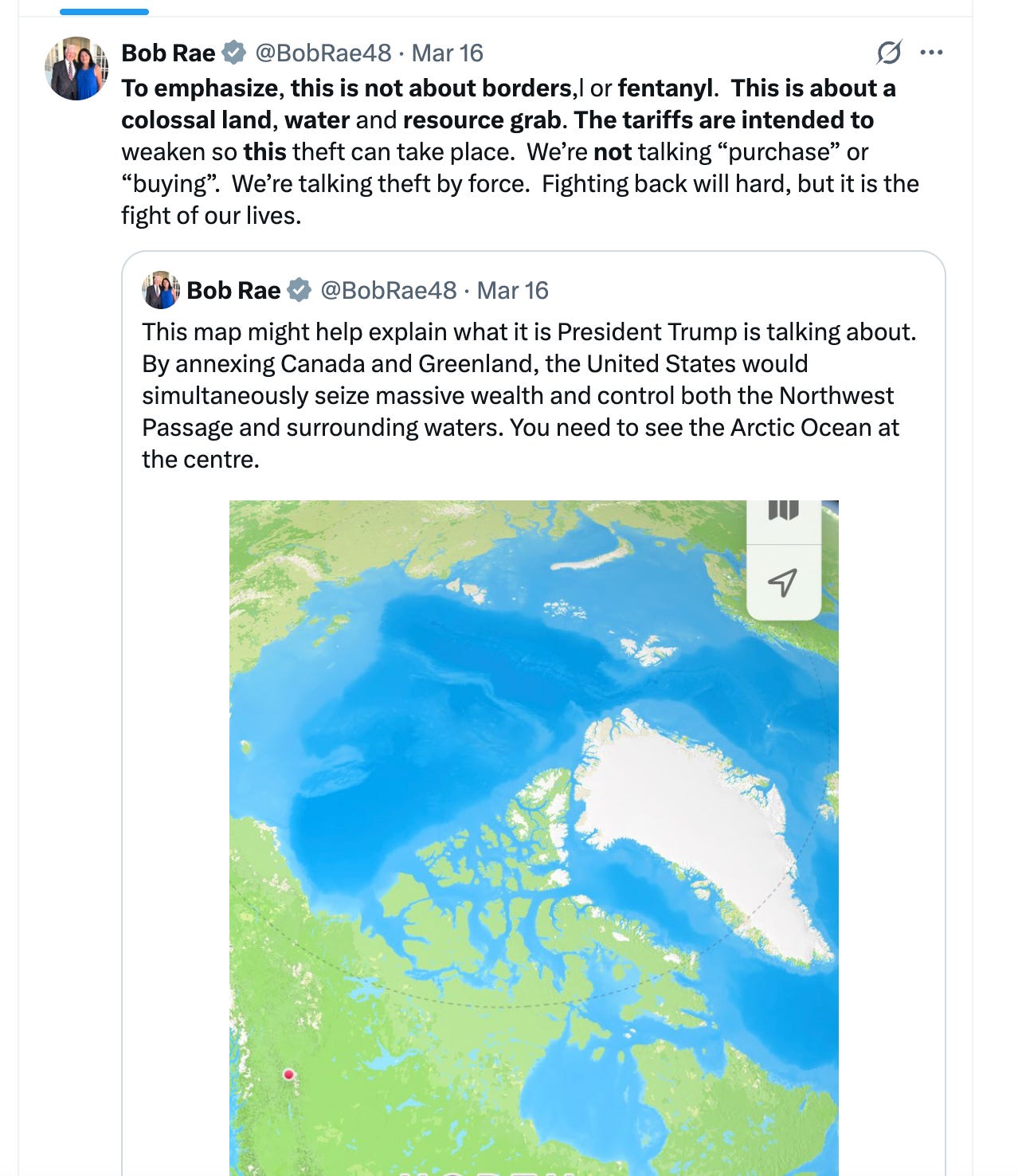Fleecing the Electorate: Timeline of a Campaign Built on Fear
OP/ED: A crisis too perfect to be true was amplified with Trudeau’s hot mic and Bob Rae’s Arctic map, planting the seeds of fear at just the right time.
Keep reading with a 7-day free trial
Subscribe to The Bureau to keep reading this post and get 7 days of free access to the full post archives.


